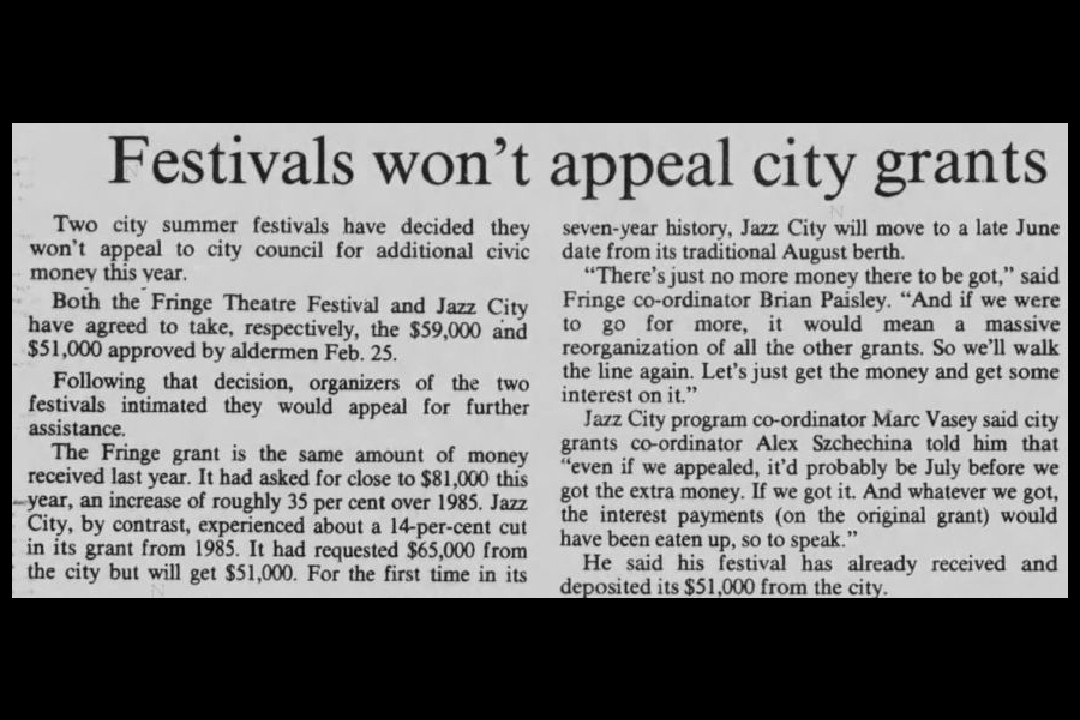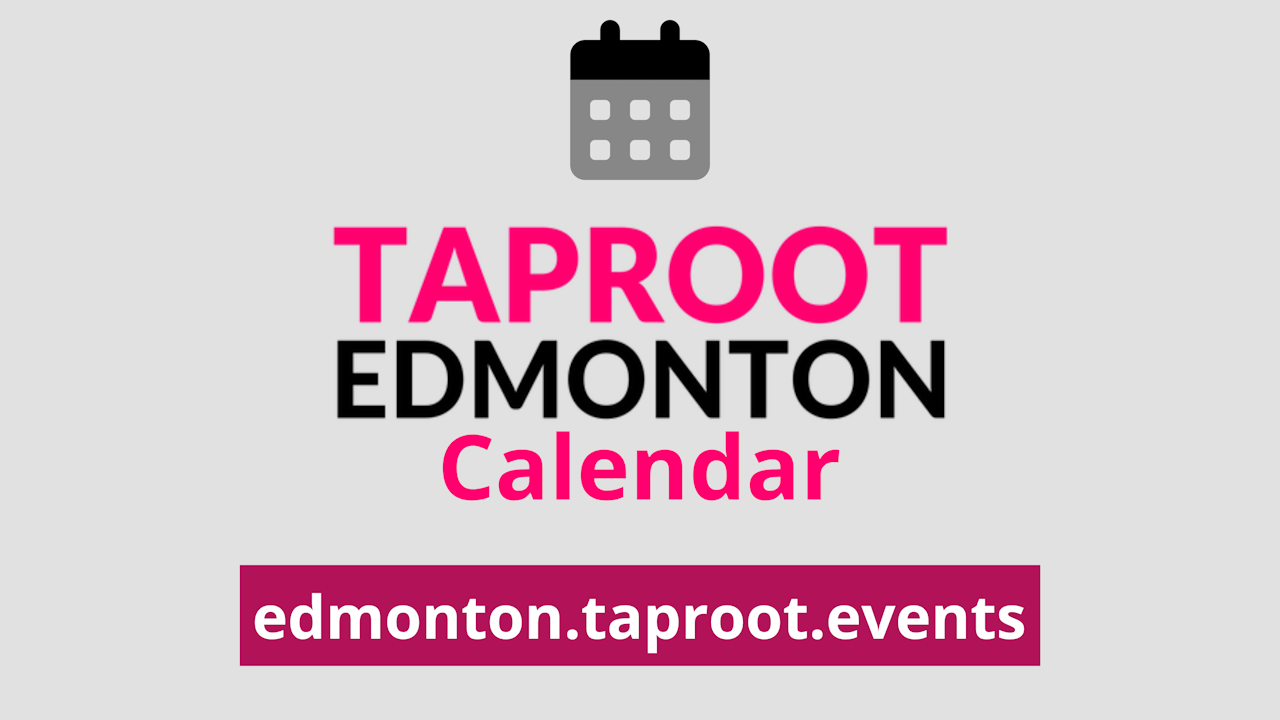
Boyle Street to take over CHEW Project operations
Boyle Street Community Services is taking over the day-to-day operation of the CHEW Project on April 1 as the centre has struggled with staffing and new requirements. Youth Empowerment and Support Services will also provide specialized training as part of the new partnership.
The Community Health Empowerment & Wellness Project, or CHEW, was born about 10 years ago out of the Fyrefly Institute at the University of Alberta. CHEW serves vulnerable or homeless 2SLGBTQ+ people who are younger than 30. About 270 people are registered with the centre. People as young as elementary-school-aged children have used its services.
At its busiest, the CHEW centre operated six days a week, offering queer youth showers, laundry, food, harm reduction, and counselling. The centre currently operates out of a city-owned building just south of Strathcona High School.
Fyrefly's executive director Glynnis Lieb told Taproot that CHEW had to cut down to two days a week of on-site work in mid-February due to a perfect storm of factors. The university had started reevaluating risk assessments and health and safety protocols for several programs, and Lieb said it mandated that CHEW had to have two to three staff members on site at all times. The requirement was hard on the centre's finances.
There were other requirements that proved difficult. The centre also had to let staff go because it couldn't prove it had sufficient funding to pay them for the length of their contracts. Boyle Street Community Services has been lending staff, so to speak, to help keep CHEW running.
In January, the two services started discussing an official partnership. "I'm really excited about the partnership with Boyle because they have a long history," Lieb said. "It gives us an ability to share resources. They can train up multiple staff and give us some leverage because we're at the point where if one person calls in sick, we have to close that day because we don't meet minimum staffing criteria."
The partnership between Boyle and CHEW comes about six months after Boyle moved some of its services into a Bissell Centre building. Elliott Tanti, director of communications at Boyle, told Taproot earlier this year that the move has improved efficiency.
Lieb said she believes this trend will continue. "(Non-profits) are really recognizing that kind of 'communal living' is the way of the future. We need to share spaces, we need to share resources, and people have been amazing, offering each other space, offering support," she said. "The not-for-profit sector in this city is amazing, really amazing. And working with nothing — like, bare bones, for the love of the community."
In a province where policies have been proposed that would limit gender-affirming care for transgender minors, it was "painful" to have to reduce services for queer youth, Lieb said. "People just want to be around folks where they feel supported. People feel isolated, they feel targeted, so the need for one on one conversations has really increased."
Lieb said CHEW eventually hopes to open a 24-7 shelter. "That's our ultimate goal and hopefully now with this partnership in the next couple of years, we'll see that come to fruition."
Boyle is currently operating out of eight spaces after it vacated its main building just north of Rogers Place in the fall of 2023, as it "no longer (remained) financially viable" to stay. Boyle had leased the building from the Katz Group. Recently, CBC obtained court documents that explain the situation further. Boyle alleges that when its new King Thunderbird Centre project faced delays, the Katz Group said the social service could stay in the old building if it would forego a $5 million donation. The Katz Group denies this. The Thunderbird Centre is expected to be completed in early 2025.
Photo: Youth at the CHEW Project space. (Supplied)




